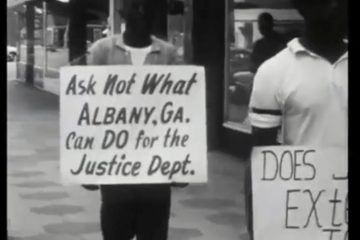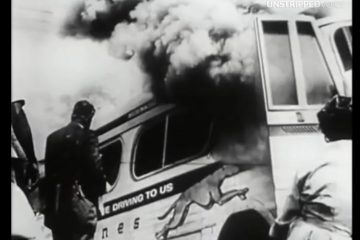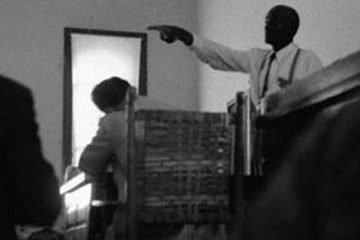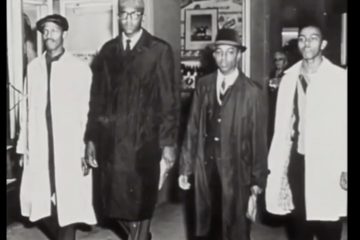How Civil Disobedience Helps Overcome Oppression: Part 3
“The man behind the method”
We can’t move forward with our non-violent civil disobedience series without mentioning the man who inspired it.
Here’s the story of how Mahatma Gandhi used a principle called satyagraha (known as “non-violent resistance”) to become the first person to use this method to change political policy.
He first did it to protect Indian rights in South Africa in the late-1890s/early-1900s. He then used it to eventually liberate 100 million Indians from British rule in India in 1947.
(And yes, Gandhi did participate in the 1906 Zulu Rebellion in South Africa, which killed Blacks. A lawyer at the time, Gandhi participated as part of the British Empire during the rebellion. He was a “stretcher-bearer” that treated wounded British soldiers. However, for Gandhi, that war was a turning point in how the British wanted to dominate at “all costs”, and his views on Black liberation evolved since then).
Regardless, Gandhi’s “Satyagraha” non-violent method for liberation served as inspiration for future leaders, including Nelson Mandela (for a short while) and Dr. Martin Luther King, Jr., who once said:
“Christ gave us the goals and Mahatma Gandhi the tactics.”
View Part 4 here.
View Part 2 here.
**About this series:
We’re showing a multi-part series on how CIVIL DISOBEDIENCE has been the main catalyst that has overcome oppression in the U.S.
Throughout history, most of the major “civil disturbances” in America have stemmed from Black people peacefully fighting for equal rights, only for their oppressor to resist change (and power). This causes a disturbance that forces the oppressors to finally enforce laws to move the country forward.
We’re showing this because we still have some MAJOR work do. Yes, slavery and segregation are legally over, but there’s still Police Brutality and the root cause of all oppression — the “keep-away of monetary wealth” — to overcome. Reparations are the main solution to this.
However, there’s been major resistance to addressing police brutality and solving the wealth gap issue. Major legislation doesn’t get passed and enforced without PRESSURE from the oppressed.
History has shown this time-and-time again.
Many of the clips in this series are originally from 1986’s “Eyes on the Prize”, which highlights the Civil Rights Movement of the 1950s and 60s. This movement allowed us to eat at lunch counters, mingle together, and more without any laws being broken. The movement became effective solely because of non-violent civil disobedience!
It’s easy to see this now, but America has been segregated much longer than integrated. There’s still much work that needs to be done if we’re going to have true “equity” in our land.
Just look at what happened during the George Floyd uprisings of 2020. Sure, riots were there, but the majority of the Black Lives Matter protests were peaceful. As a result, new laws were introduced, and the way America “viewed” Black people started to change.
In all, Civil disobedience has been the catalyst for real change, and this video series reminds us how effective it can be.
View Part 4 here.
View Part 2 here.














Hello
I was looking your website unstrippedvoice.com and find a useful Post at http://unstrippedvoice.com/video/how-civil-disobedience-helps-overcome-oppression-part-3/ . Similarly I can write an informative article along with url that will add significant cvalue to your audience(visitors). I WILL PAY you for putting(Publish) this content on your website as well.
Please let me know possible options with Price.
Cheers
hallet biran